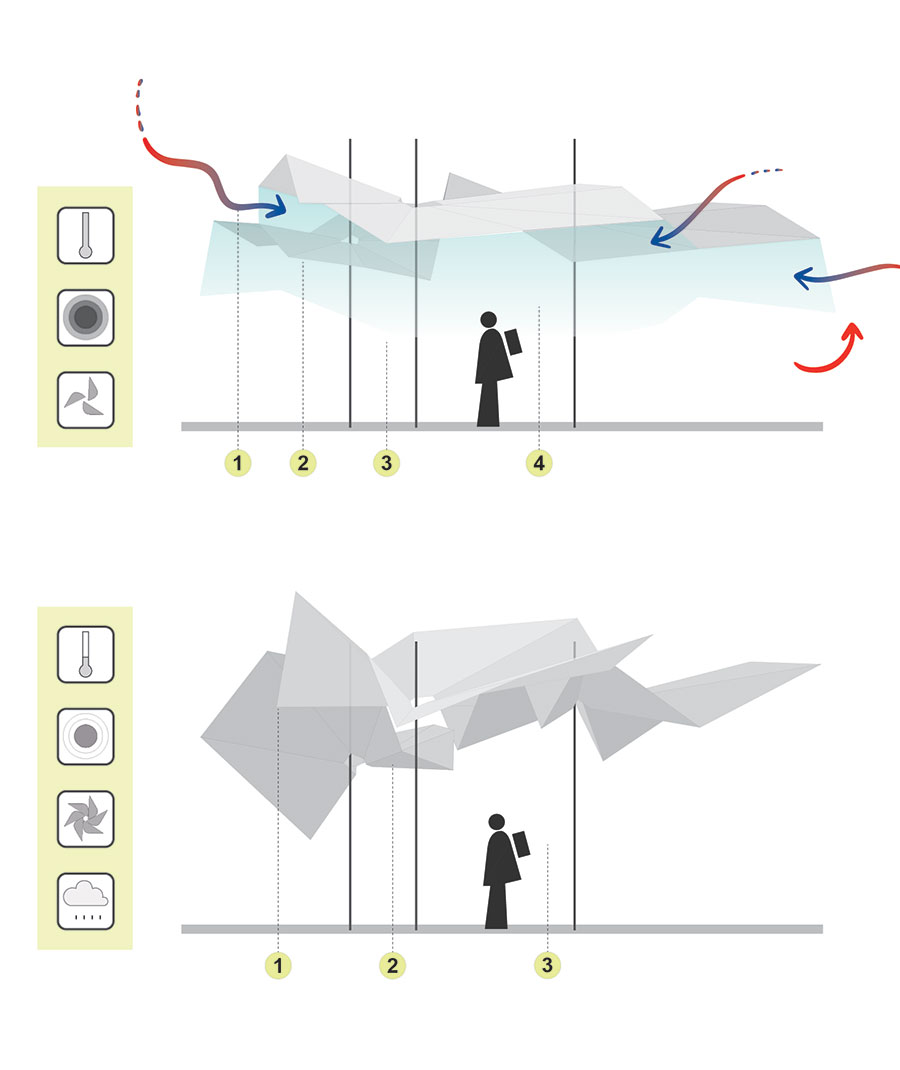Experimental Material Systems Design

Interactive Architecture explores dynamic building systems that can autonomously adapt to environmental conditions, enhancing energy efficiency and sustainability through responsive design strategies that extend beyond traditional smart home technologies.

Summary
While architecture is typically perceived as static, our interaction with buildings often introduces subtle, human-driven changes, such as adjusting blinds, switching lights, or rearranging furniture. Interactive Architecture challenges this assumption by exploring systems that allow buildings to respond autonomously to changing conditions. Beyond smart home devices, this research explores architectural elements that dynamically move, transform, and adapt to optimise comfort and reduce energy demand. In an era of heightened climate awareness, integrating responsiveness at the architectural scale presents new opportunities for sustainability, resilience, and human-centred environments. The goal is to redefine architecture as a living system that senses, reacts, and evolves.

